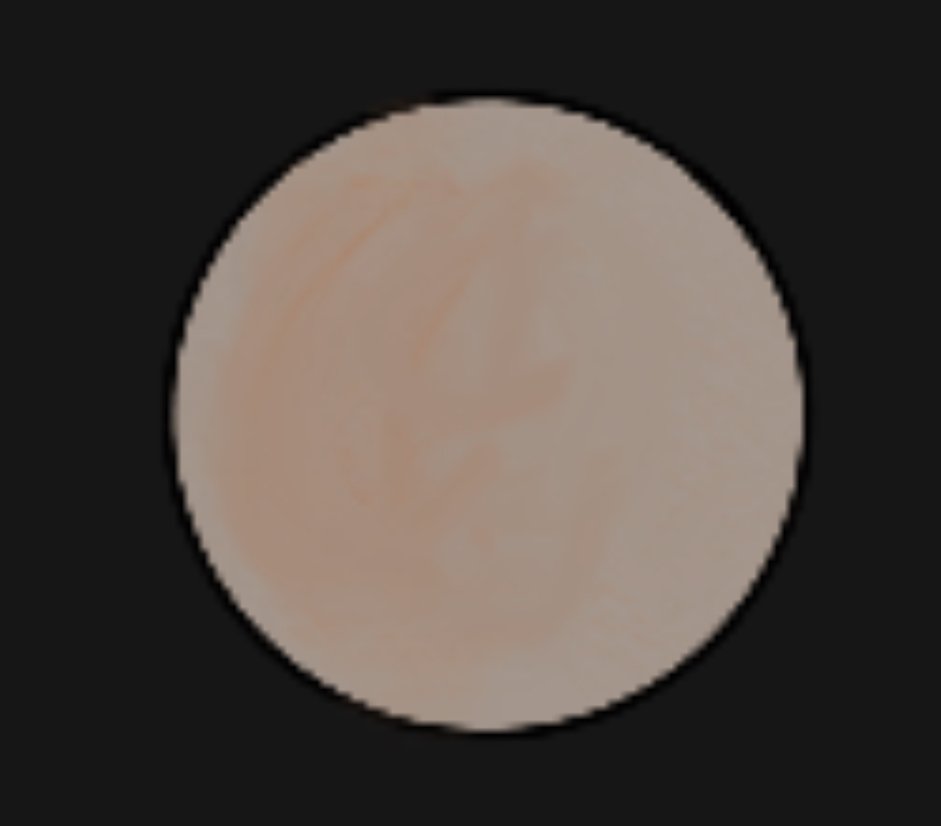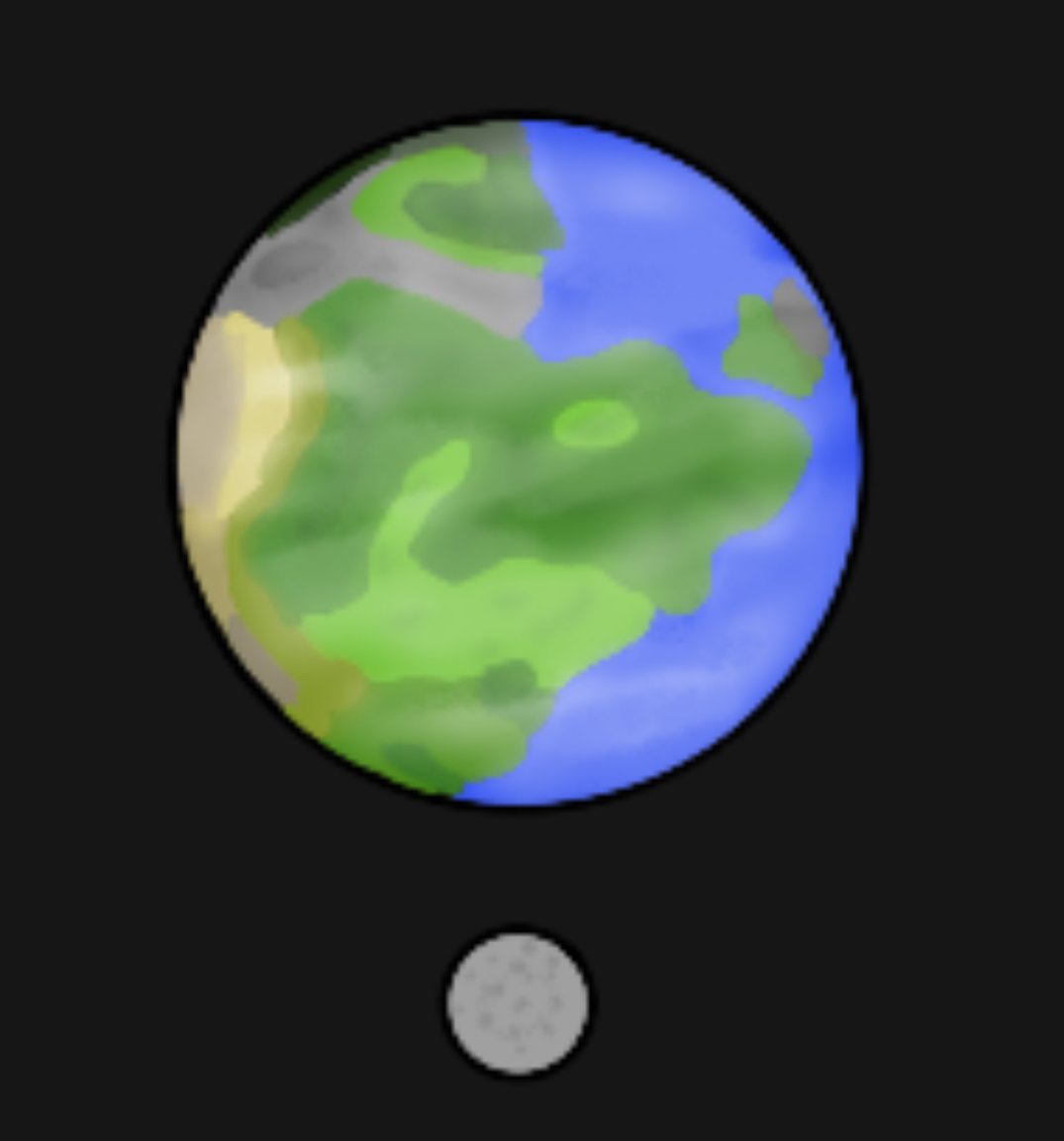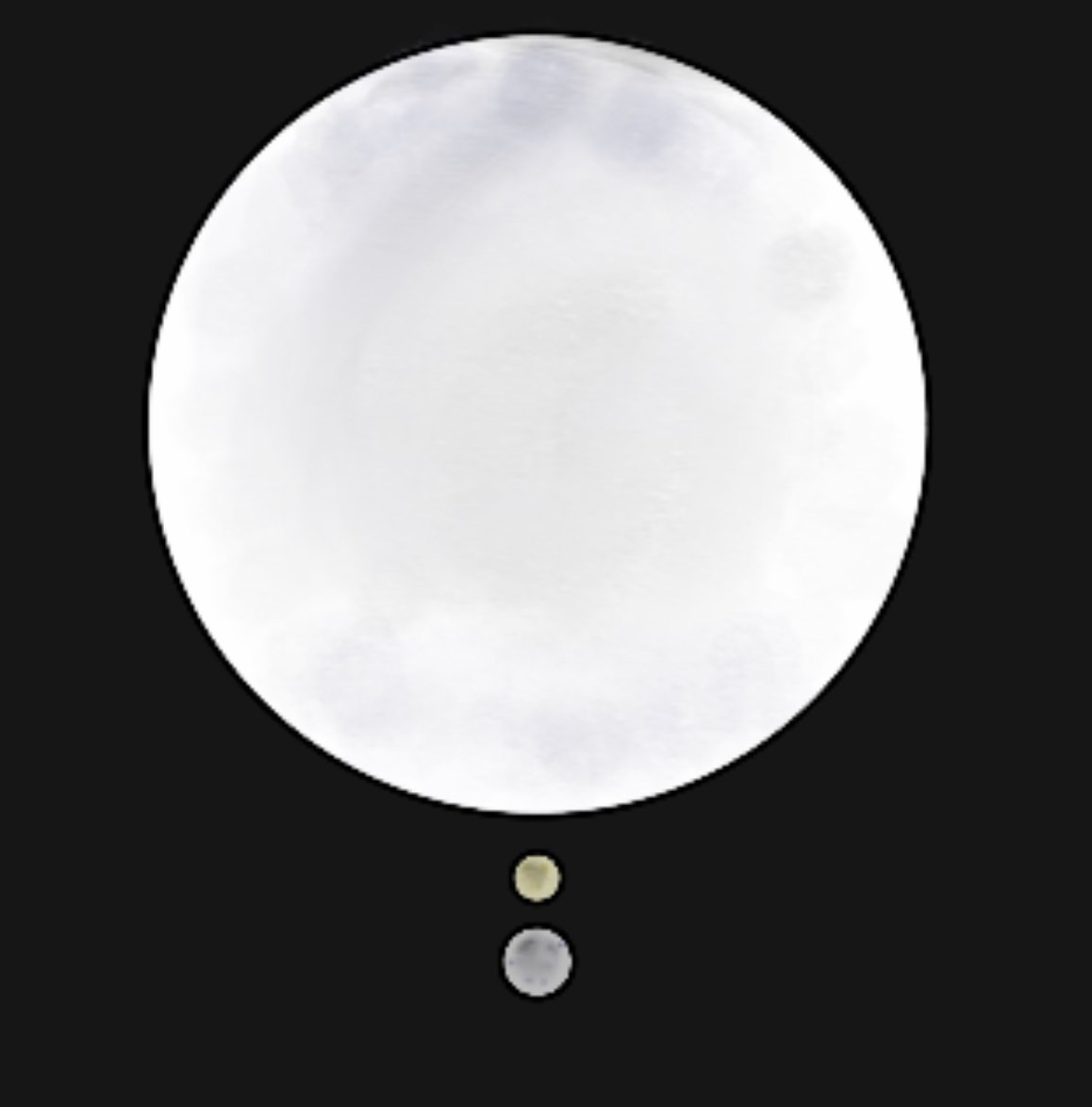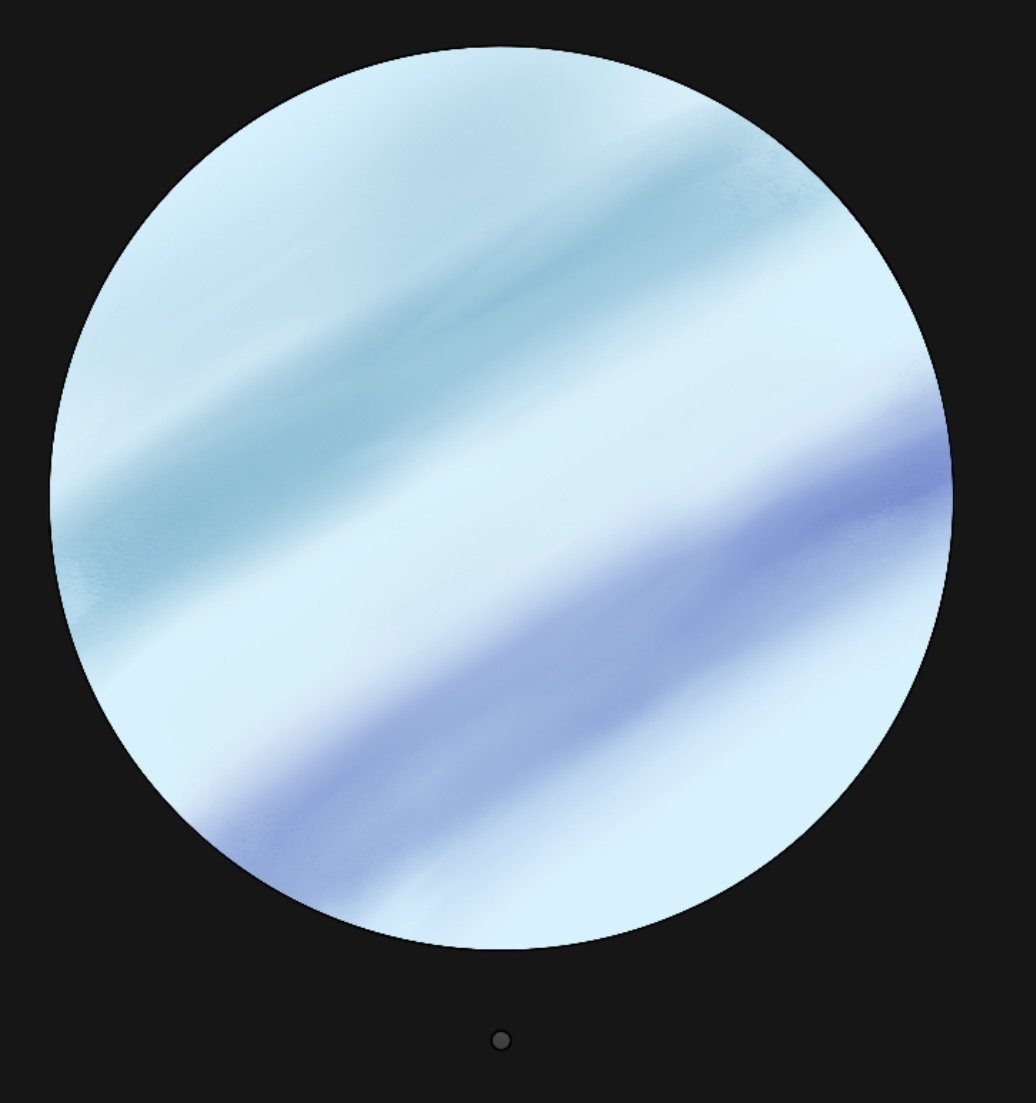
Solahlitan, The solar system of the planet Parahlitan
Star, Parasol
Mass .975
Age 5.5
Radius .979
Luminosity .903
Density 1.036
Type G
Solar coordinates (0,0,0) 0LY

Planet one, Paraveltin
Distance .35Au
Mass .43
Density 6.61
Orbital period .209 years, 76.59 days
Axial tilt 3.2º
Radius .71
Gravity .85G
Average surface temperature 237C
Planet two, Parahlitan
Distance .95832Au
Mass .9
Density 5.51
Orbital period .949 years, 346.83556 days
Axial tilt 15.6º
Rotational period 24 hours
Radius .97, 6188.8Km
Gravity .96G
Average surface temperature 16C
This is the home planet for humans, all its information could not be contained here but is found elsewhere.
Moon
Mass .78 lunar masses
Radius .87 Lunar radius, ~1450Km
Density 3.34
Distance from Planet 298,785Km
Orbital period 21.02 days
Due to the differences in the moon the tides are on average 1.14 meters, with earth having .82 meters for reference. In addition, Parahlitan does still experience solar eclipses but they are smaller in size.
Planet three, Parakolis
Distance 1.78Au
Mass 5.73
Density 4.79
Orbital period 2.405 years, 878.42 days
Axial tilt 38º
Radius 1.87
Gravity 1.64G
Average surface temperature -52C
This is a “super earth” with a light bluish white color on its surface. This is due to a large amount of surface ice. This is an ocean world and so under this great ice is a large deep ocean. The surface contains minerals from asteroids but is still barren.
Moons
Moon one, Pilakolisin
Radius 850Km
Moon two, Pilakolisat
Radius 1100Km

Asteroid belt
Distance 2.85Au
Object one, Palatin
Radius 550Km
Object two, Palavan
Radius 900Km
Planet four, Paranoshal
Distance 5.27Au
Mass 328.7
Density .82
Orbital period 12.2521 years, 4474,98 days
Axial tilt 74.2º
Radius 12.99
Gravity 1.95G
This is a large gas giant and is comprised of a larger amount of ammonia giving It a reddish orange color. It has three primary moons and many other smaller moons. It is also notable for its main and distinct rings.
Moons
Moon one, Pilavaradin
Radius 800Km
Moon two, Pilanasat
Radius 1400Km
Moon three, Pilatiros
Radius 900Km

Planet five, Paranatil
Distance 10.23
Mass 217.65
Density 1.26
Orbital period 33.136 years, 12,120.89 days
Axial tilt 78.3º
Radius 9.82
Gravity 2.26
This is a smaller but still large gas giant, its denser gas atmosphere gives it a yellowish color as its clouds are mostly water based, this is due to the heating of the planet with internal geological forces. It has six large moons but also very faint rings.
Moons
Moon one, Pilabildar
Radius 1250Km
Moon two, Pilasekin
Radius 650Km
Moon three, Pilatren
Radius 1150Km
Co-orbital moon three, Pilapilan
Radius 400Km
Moon four, PIlamantor
Radius 800Km
Moon five, Pila’ili
Radius 550Km
Planet six, Parawakin
Distance 18.75Au
Mass 28.33
Density 1.59
Orbital period 82.2241 Years, 30031.56 days
Axial tilt 6.8º
Radius 4.61
Gravity 1.33
This is a much smaller gas giant, also known as an ice giant. It has a water based atmosphere. It has one main moon but also a few smaller moons.
Moon, Pilawakus
Radius 750Km
Kuiper belt
Distance 40.34Au
Object one, Paladagil
Radius 800Km
Co-orbital object one, Pilasenta
Radius 400Km
Object two, Palavagil
Radius 600Km










